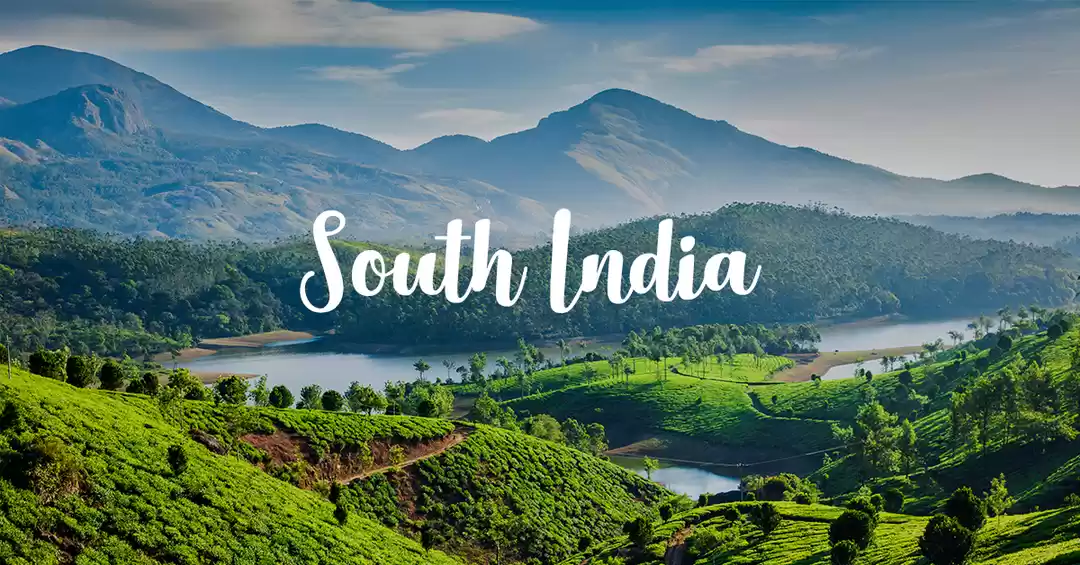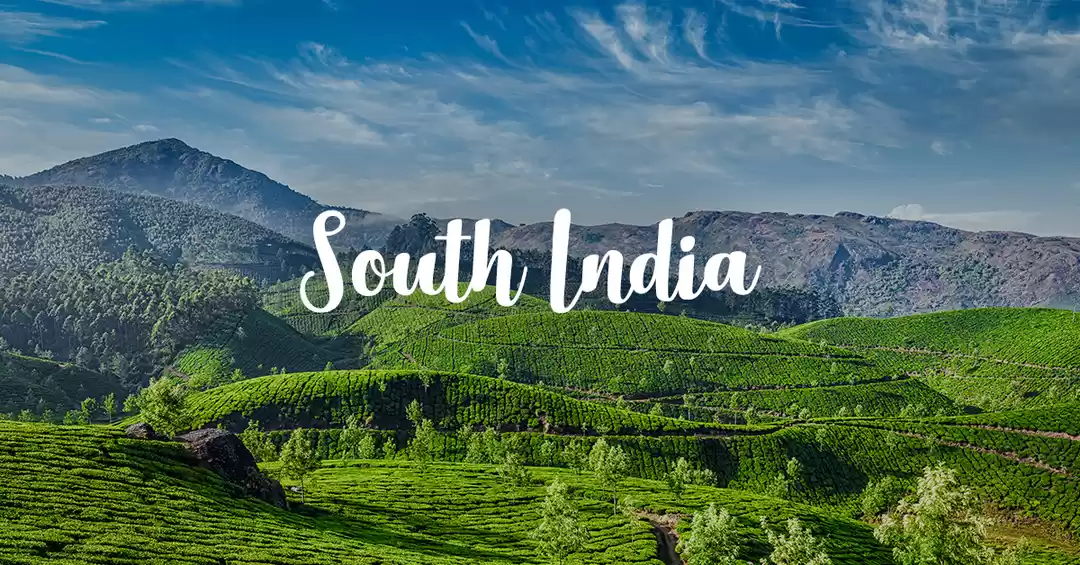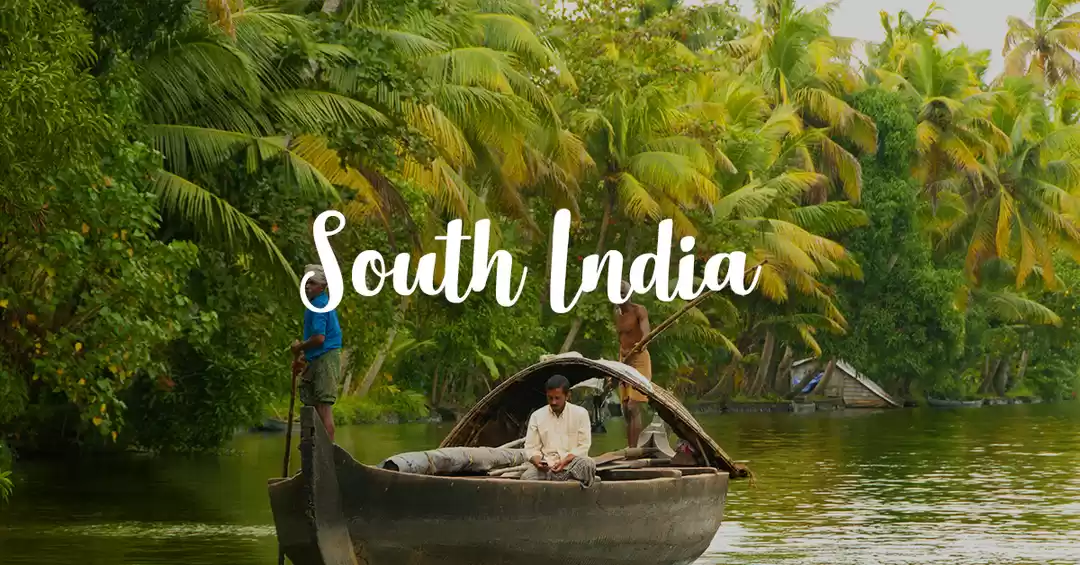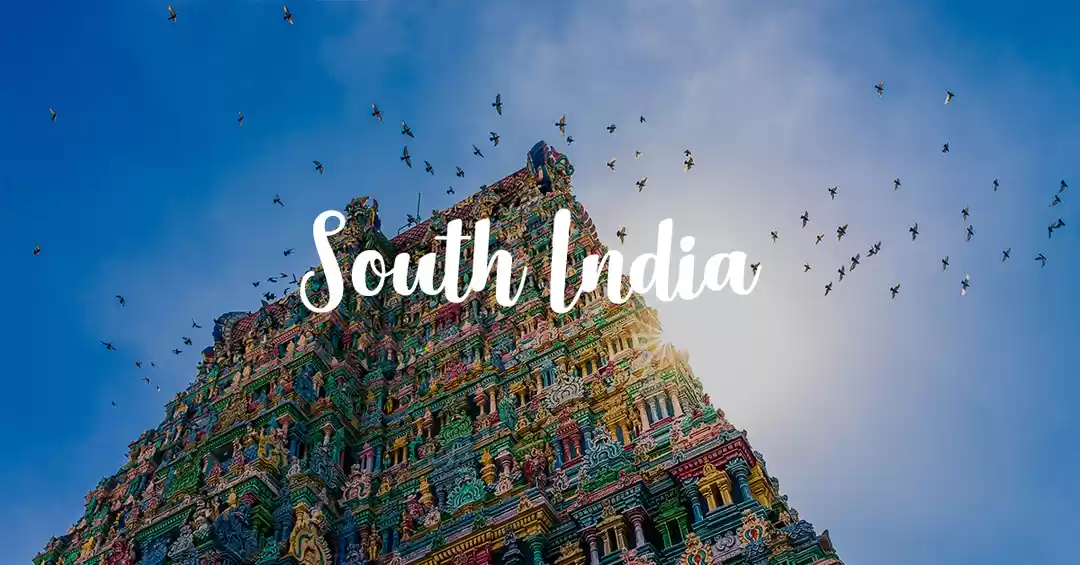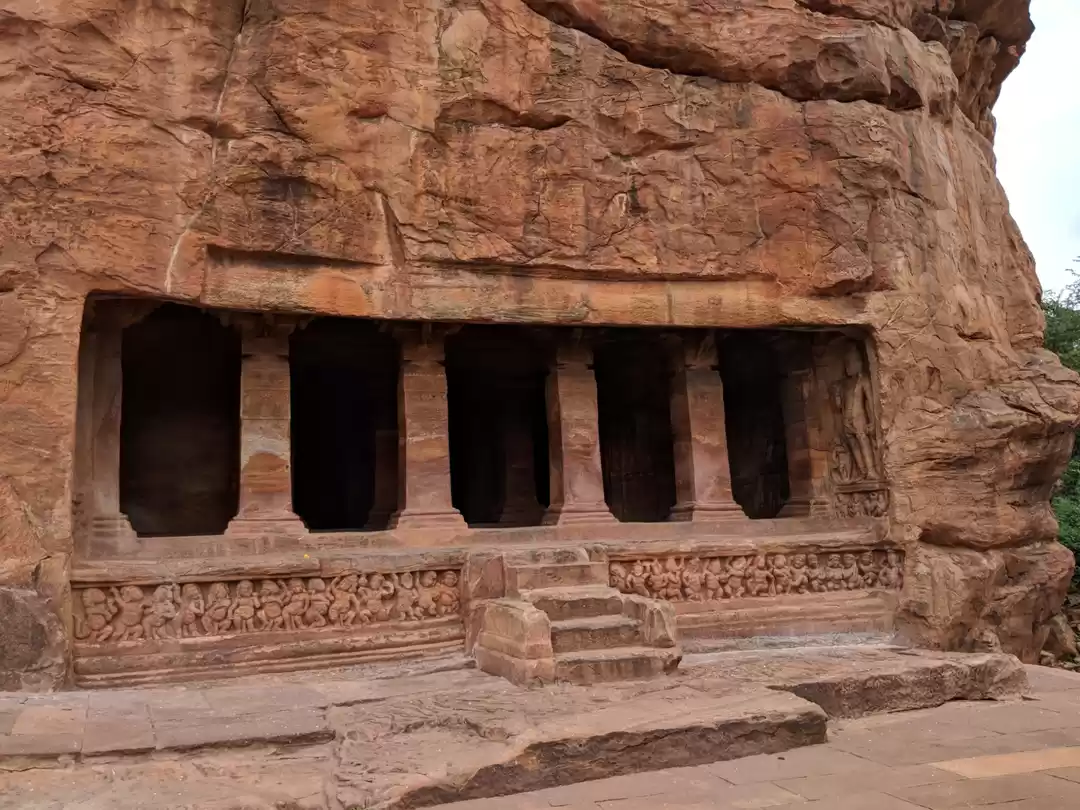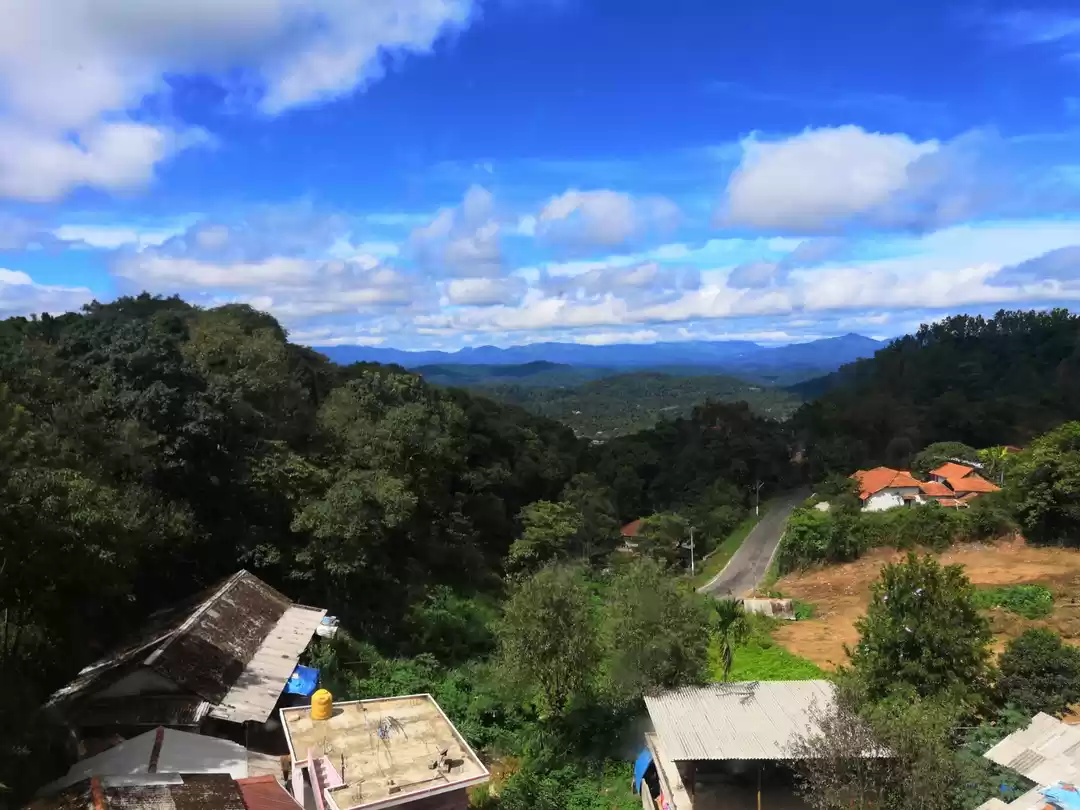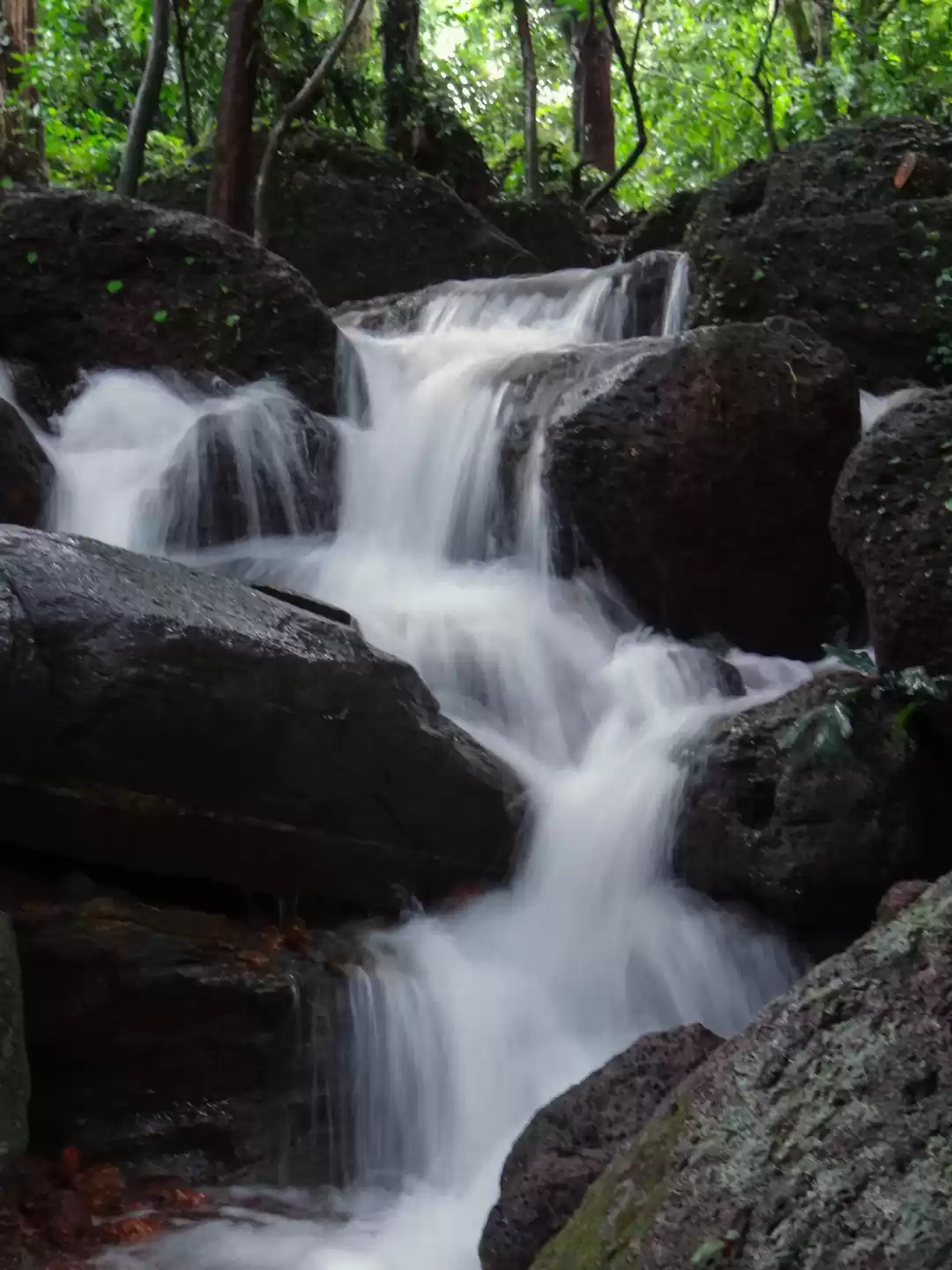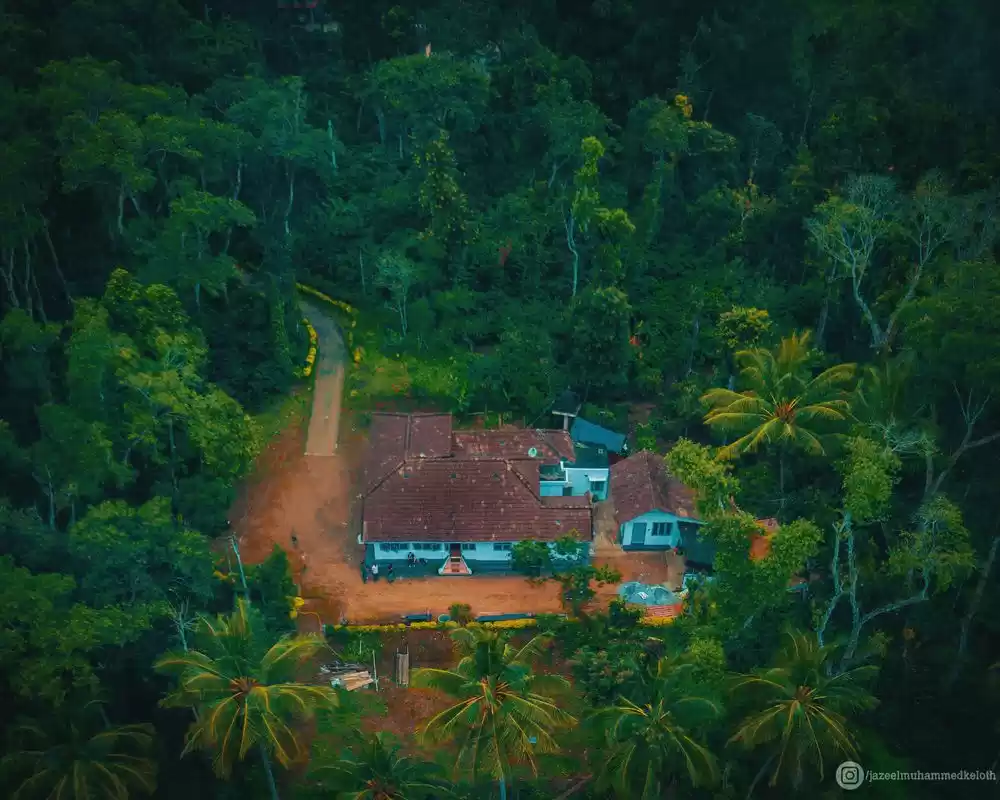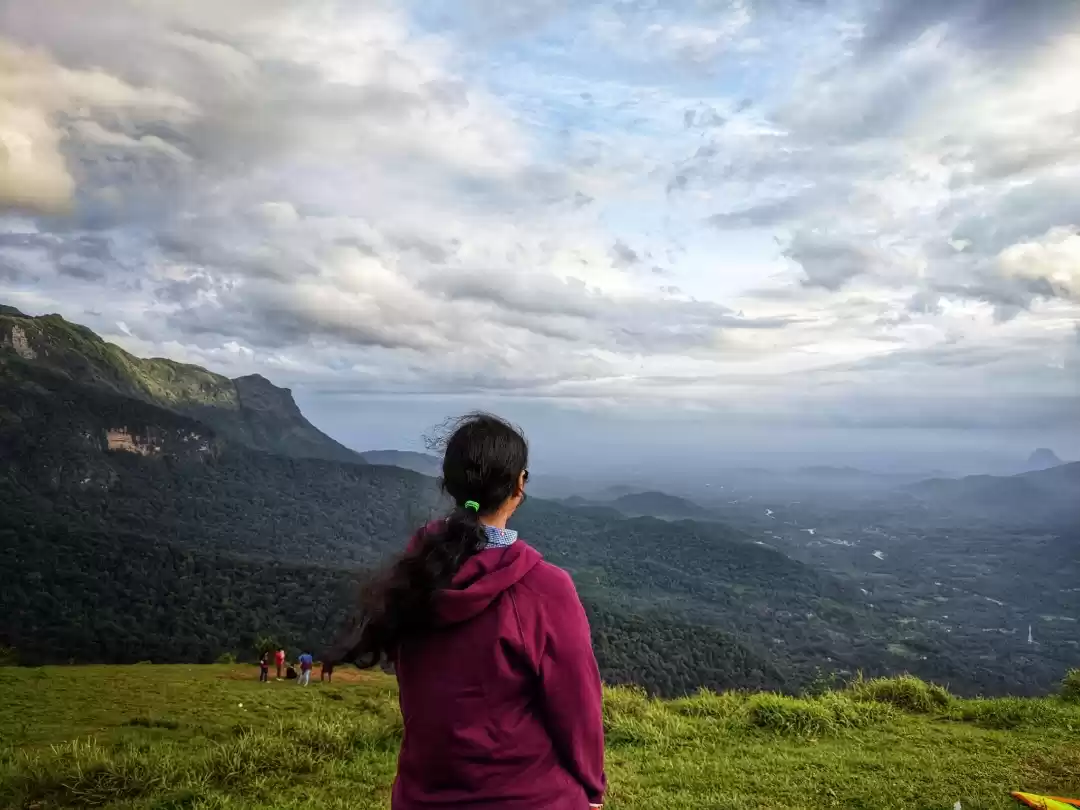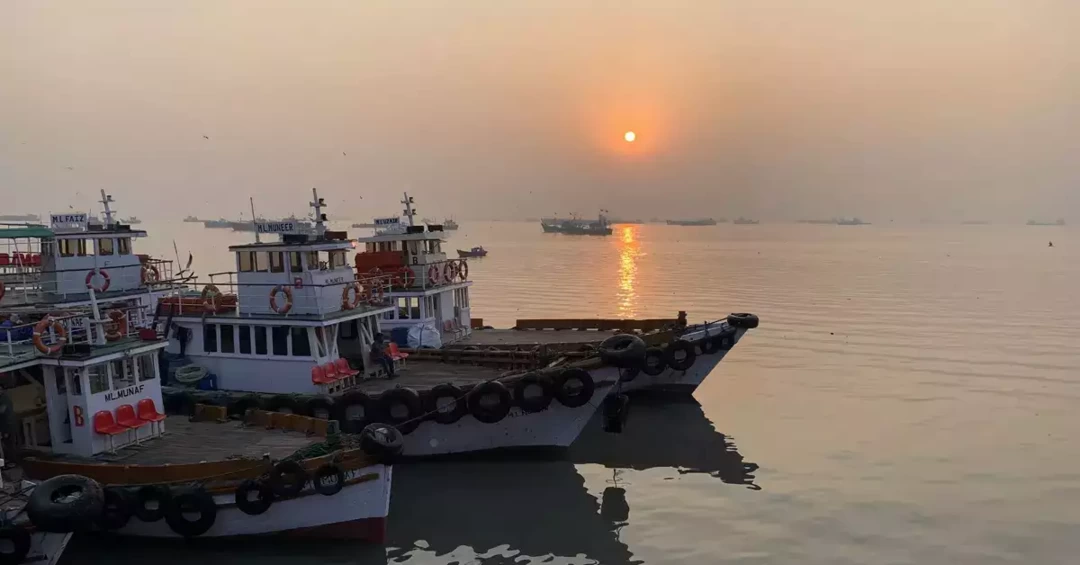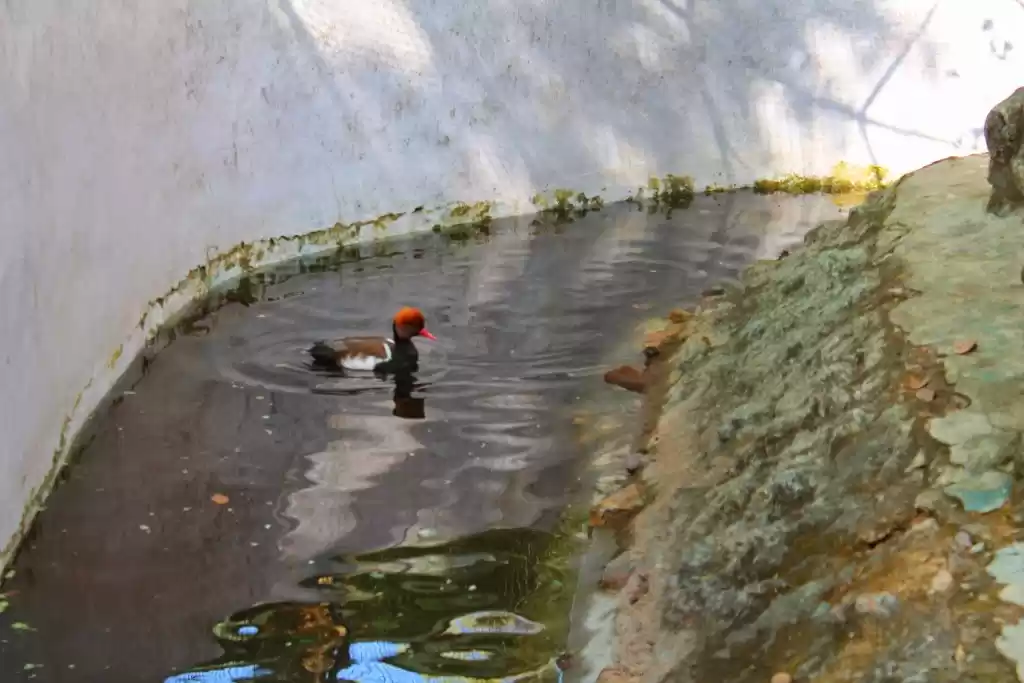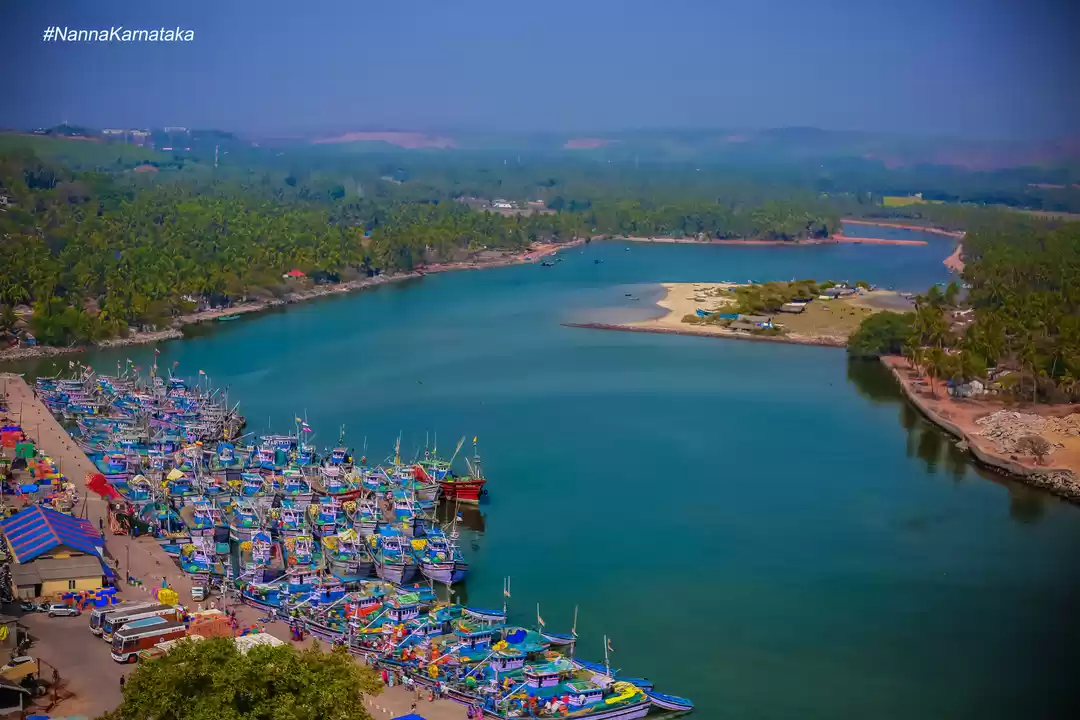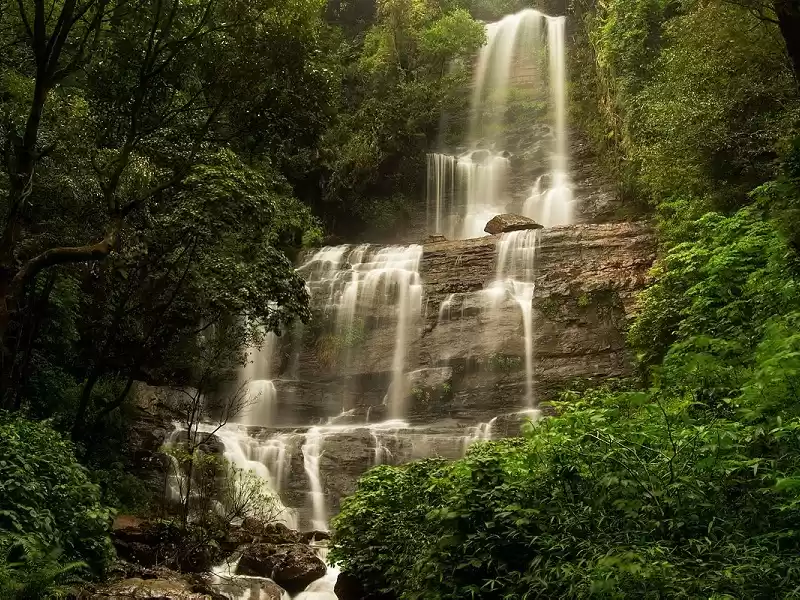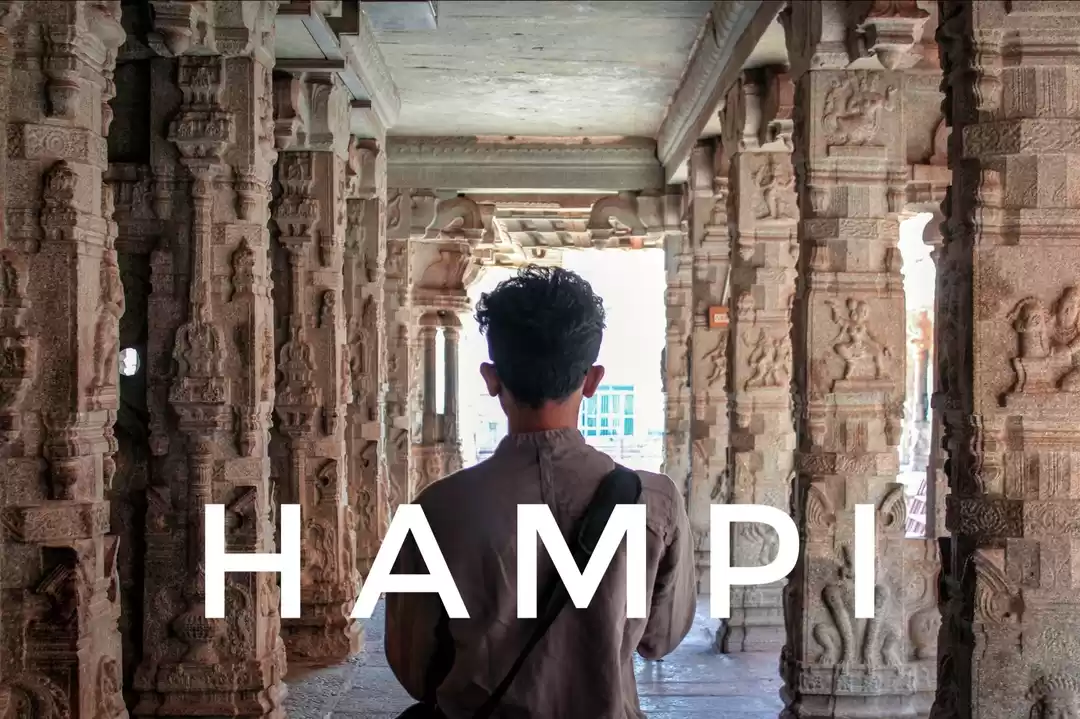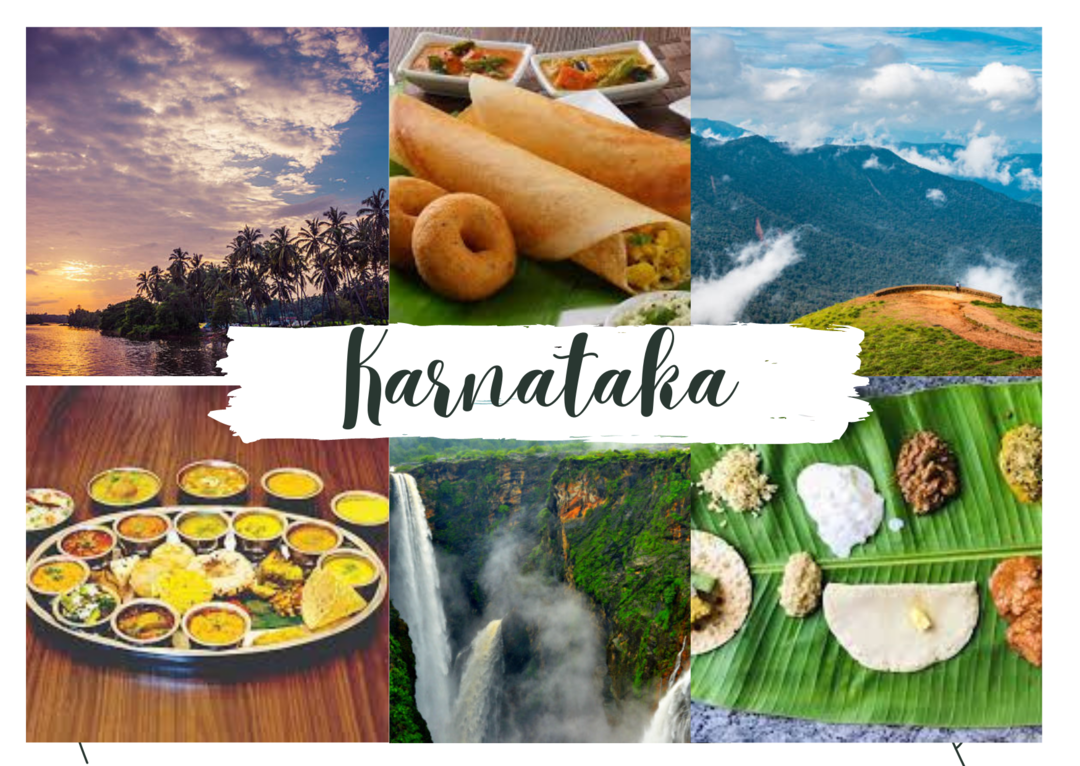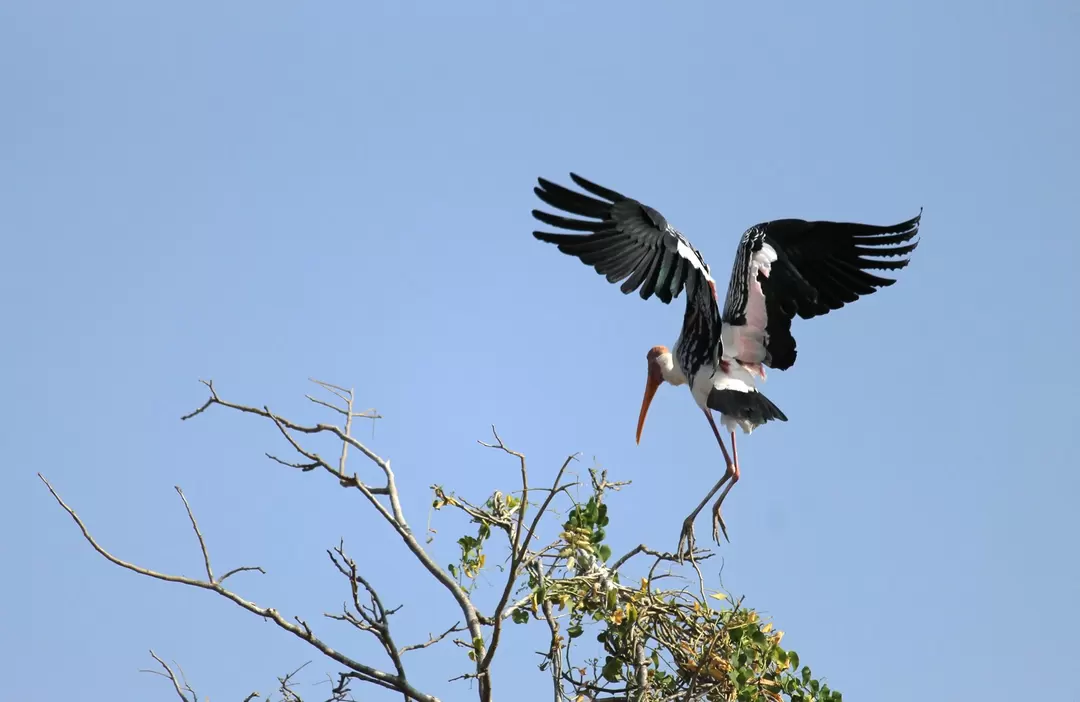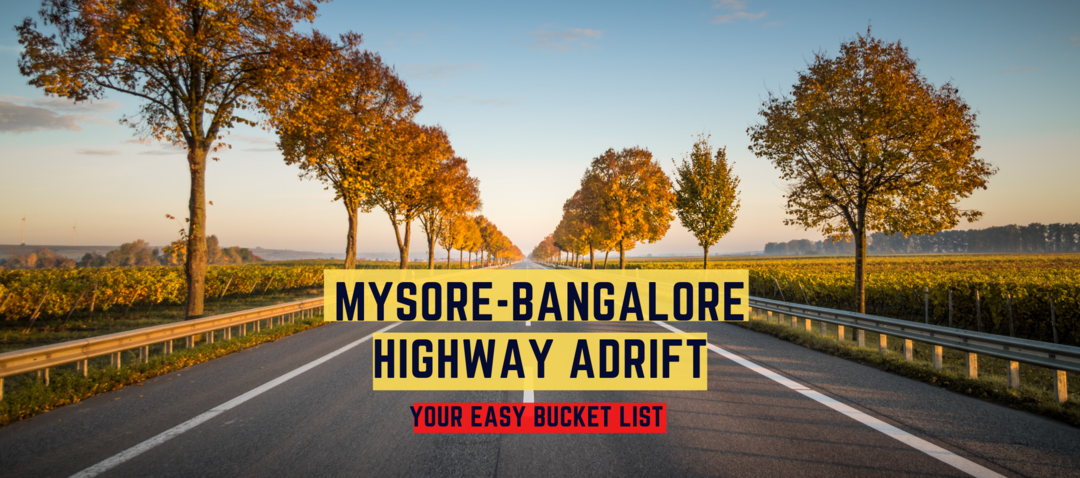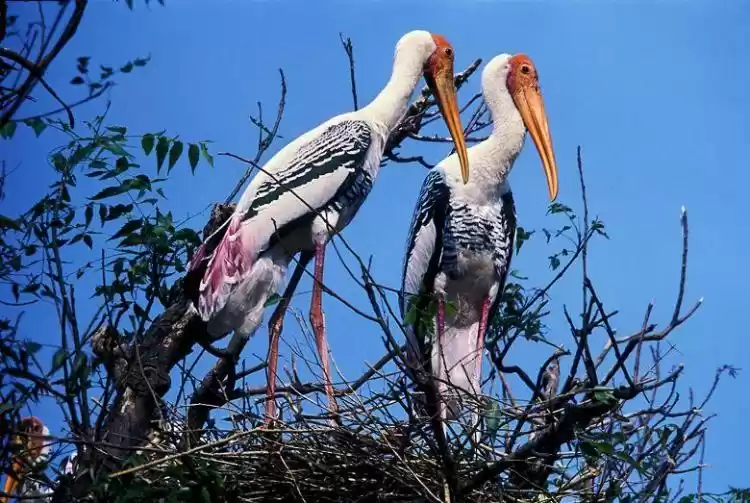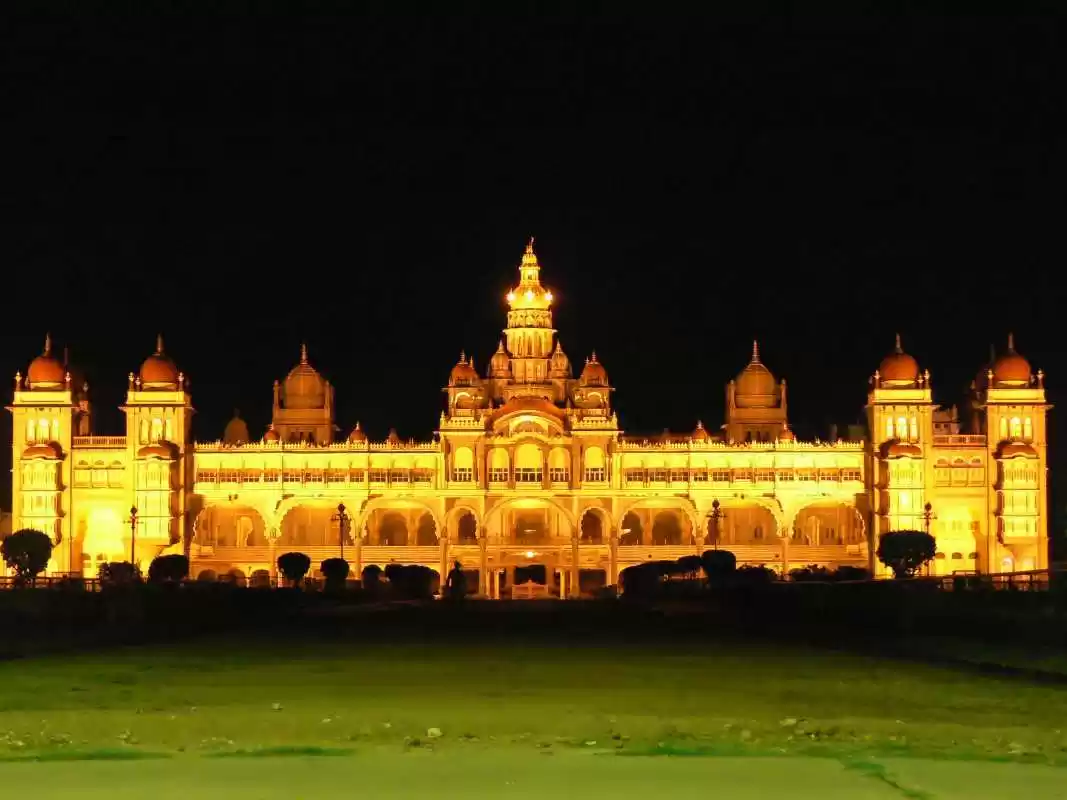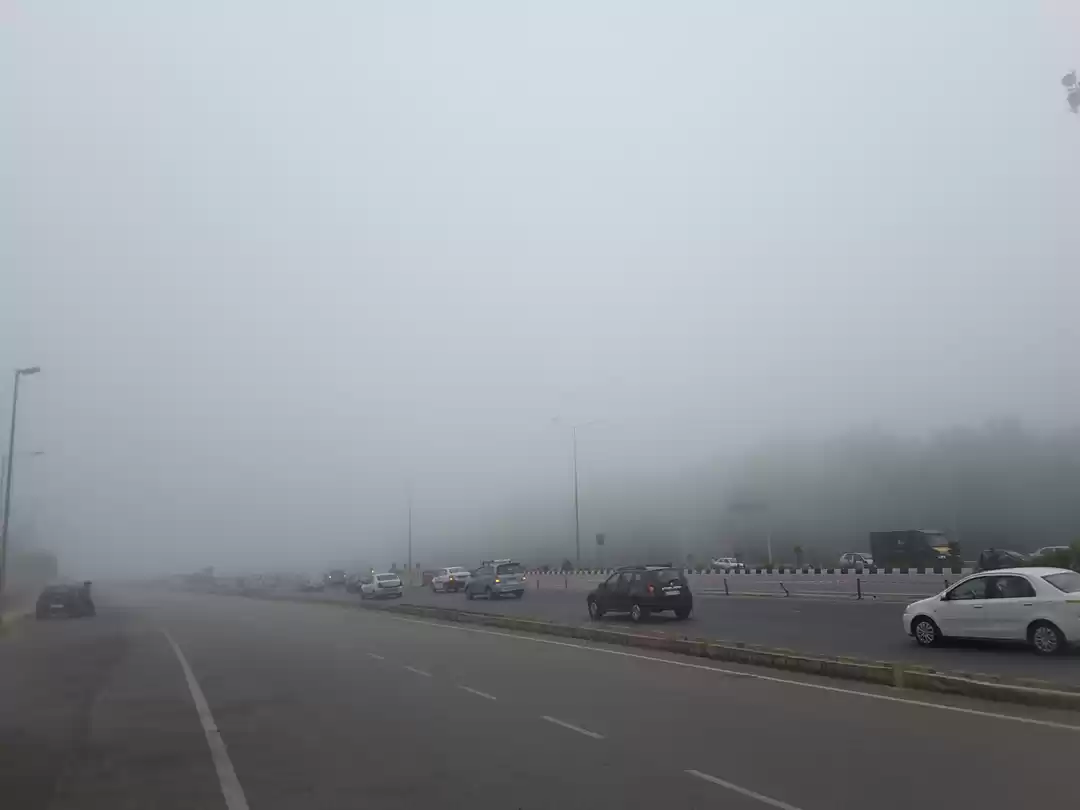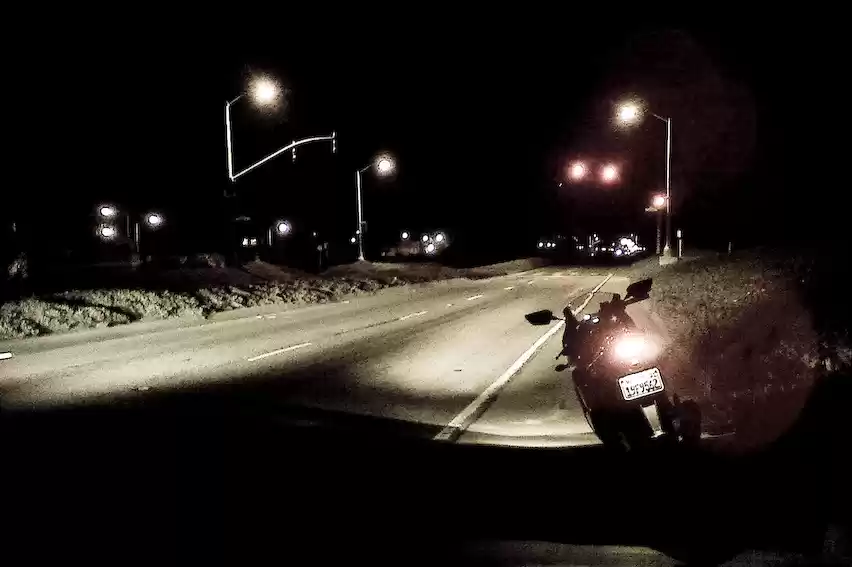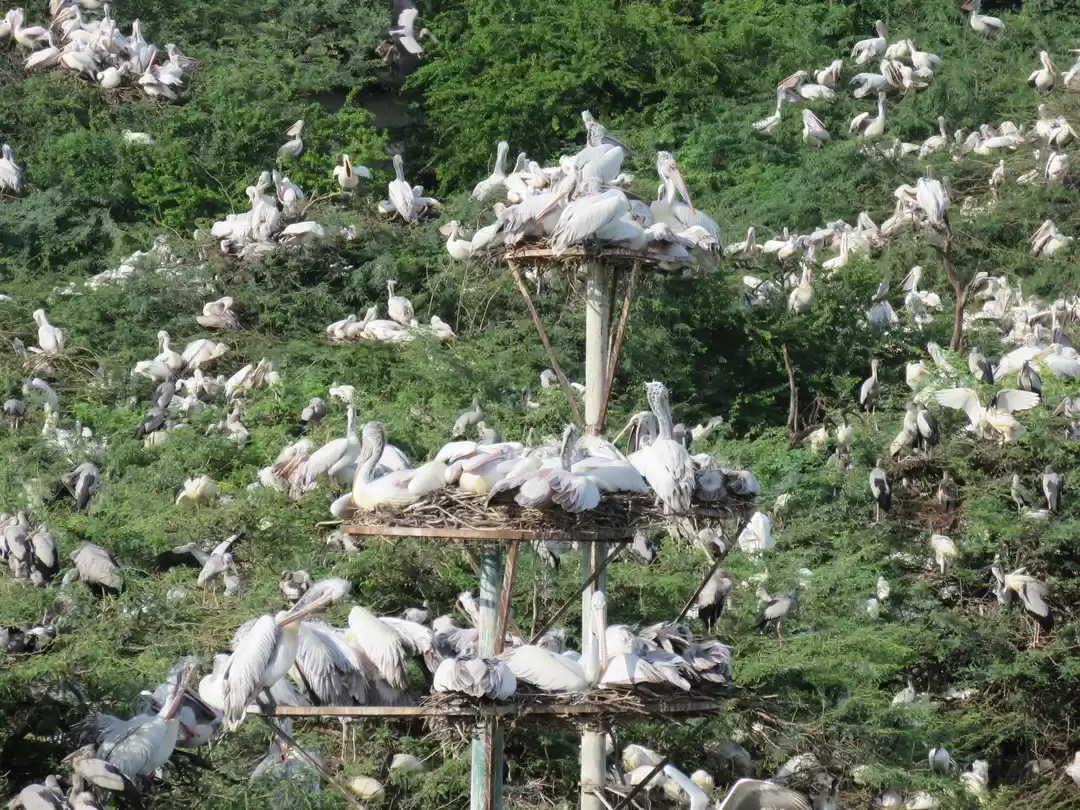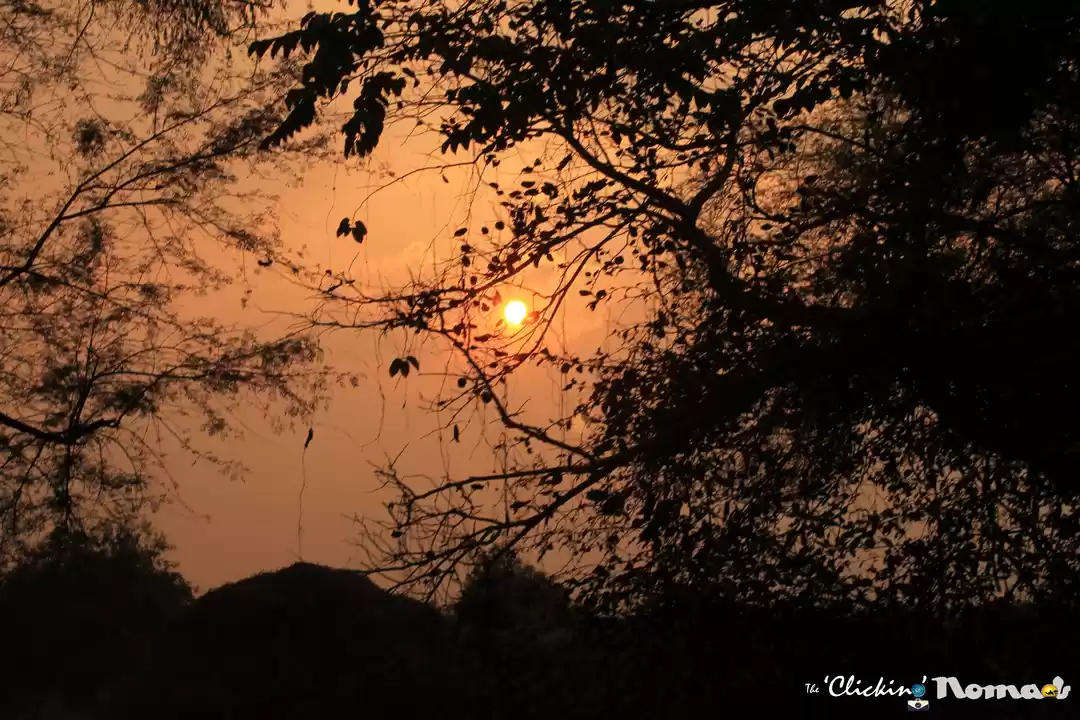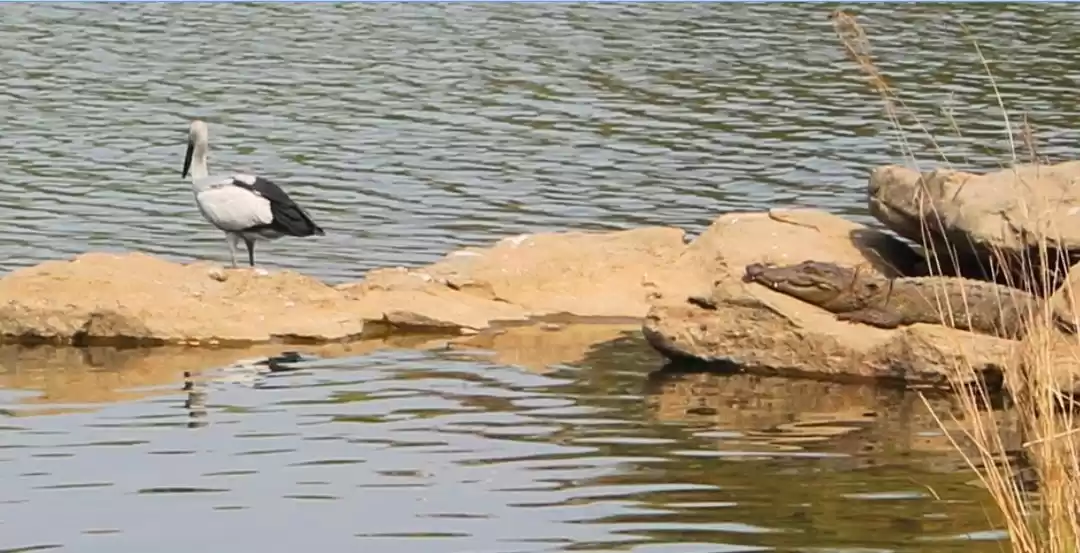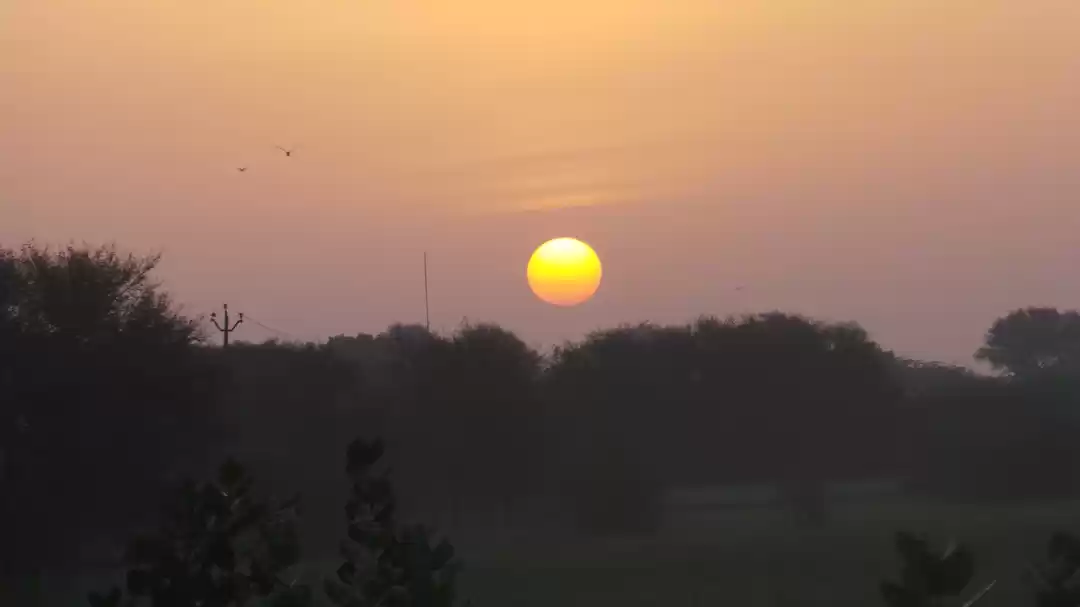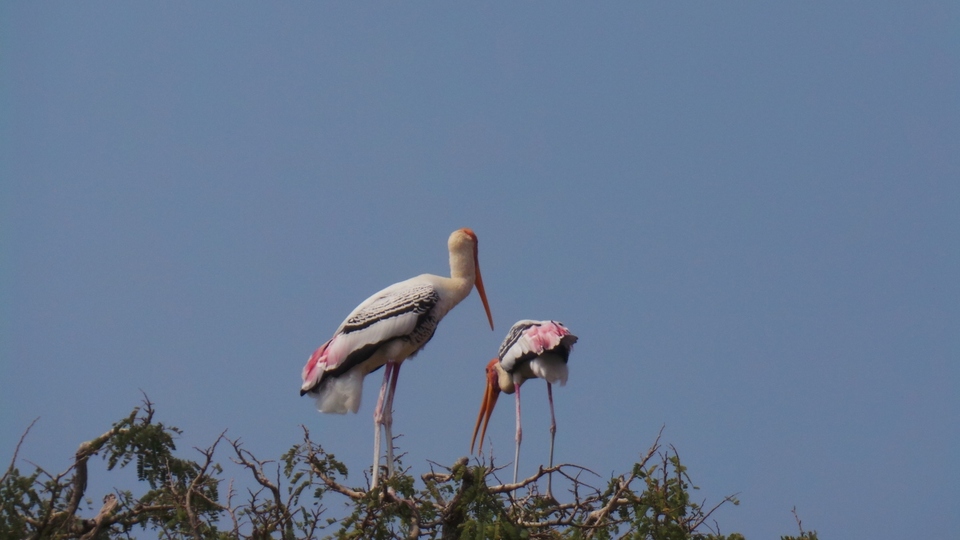
Birds, are the living beings, which can move faster from a place to another, owing to their ability to fly. Thus, from a regular place of stay, they also move to different places to breed. The way they chose their place of stay during migration is a bit astonishing. One such of the place is a small village in Karnataka, located off the main road. Their visit to this place has become to common, that the village itself has been named after the storks
Welcome to Kokkrebellur!! The village of the Painted storks

Kokkre meaning Cranes in Kannada and Bellur signifying the village. The village and the Storks co-existence started in the Mid 90's period and this village started getting famous as a tourist attraction since then. The Painted Storks and the Pelicans have started visiting this place for the same
Hence, on a fine Sunday morning, post breakfast, we set off to this place, located about 85 kms from the Hustling Bustling City of Bangalore. The 4 lane road to Mysore, with its usual traffic is navigated through, and just as we approach Maddur, a board pops up asking us to deviate from the Main road towards the left
The 4 lane road is left behind, and as we turn left, the scenario changes. A 2 lane, well laid road is for our company for the next 10 kms. Green fields, with crops gives a treat to the eyes away from the concrete jungle. Cattle egrets roam about in the fields, busy with their activities. Bullock carts and tractors with loads of sugarcanes to the nearby sugar mills in Mandya district go past us. No wonder, the Mandya district is known as the sugar belt of Karnataka. Sugarcane cultivation is a major activity in this region, as we run parallel to river Shimsha, a tributary of River Cauvery. Kingfishers and Kites too give us company on the way, diverting our attention.
As we proceed, the paddy thats harvested from fields, is laid across. Driving a vehicle on the roads, post the harvest season, needs a bit of caution. The hay so seperated from such paddy are likely to trouble the car wheels and require regular cleaning. The Government Bus service of Karnataka, connecting a rural area from Maddur, crosses us. Tank embankments border the roads, supplying water of the Shimsha to these crops. The fury of the Mysore Highway is way gone and we are miles into a calmer world
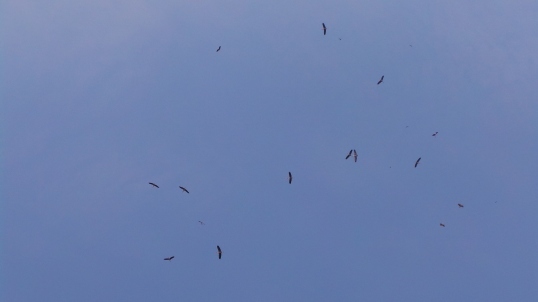
As we near the village, a board is put up welcoming us to the same. The village is busy doing their work and we spot a few birds flying about, looking no larger than crows. The junior storks and pelicans were in the training mode and at that height, look smaller than the crows
We parked the car and walked into the village. The entire village is accustomed to Tourists walking by, that they just give a glance and do their job. The entire habitation consists of 4 cemented roads, dotted by the tamarind trees all around. On these trees are seated, the colonies of Painted Storks, huge in size, busy with their activities all day long. 2 kids from the village, come to guide us. Being a Sunday, school is a holiday and seeing tourists is a source of enjoyment for them, as they move along with enthusiasm
A black Ibis on a tree gives a long view, standing all alone. Looks like its companion has gone somewhere. We find that Painted storks here do not fear a human .After all this is their village. A Painted stork takes a stroll on the road, scaring a chicken that was walking around. A pup, barely able to walk, comes out of a house, only to be scared to wits end as a Painted stork flaps its wings on the tree. The sound is quite huge, thanks to the huge wings of the bird. A Pelican group too are busy in their nests co-existing in the same area
Different colonies of the birds exhibits different stages. A pair was busy in nest building for its offspring, while the next was busy in feeding the chicks. Another colony was busy in the training activities. Training in flight is a very important activity for these birds. Gives a glance as to how well we can understand the breeding season activities of the bird


As we finish a round of the village, we meet a middle aged woman giving us a watch. A round of talk went with her. She said that the birds have been coming to this village for past 15-20 years and the Govt has declared it a conservative zone. Regular training is being given to the villagers as to how to co exist with the birds. Any damage to crops, items or livelihood, caused by these birds is compensated by the Government. The birds, normally arrive here for Sankranti festival (January mid) and leave during the time School starts (June). Even the little boys of the village have taken to birds as their own, having more interest to show them to the tourists instead of attacking them. The various normal birds like crows, kingfishers have left this village ever since Painted storks made their roosting. " It is their village" the lady says.
"The birds are too strict" she continues. "Whenever any bird is deemed unwell, or a chick falls of from tree or during flight, they get abandoned". . Then what happens to such birds. "The birds have to be taken by villagers and left in the rehabilitation centre"- she says pointing to the fence at the end of the road. 2 Pelicans sit there quietly suffering from some sickness. Government takes care of those birds, with the help from villagers, till they are healthy to move about and leave the Town.
We look around for some water source but find none. We enquire the lady about the same. "Whatt do these birds do for food"- "They feed on worms in morning, but the leader from each group leave the place in morning returning with huge catches of fish". they stretch far off into Cauvery and catch them probably or may be even higher reaches of Western Ghats.
So How do the Villagers feel with these birds- Reply- "In initial years we found it very tough as day to day activities were affected- but nowadays we look forward for their visit. Its something like a family member is expected to turn up. We only get tensed if they dont turn up on the allotted day back here". "The Village, unknown to outside world , has been made known by these birds. So we are happy"

We bid her farewell and continue. "Pat Pat Pat" a bird flaps its wings as its descends on the tree. The Pelicans family is much smaller and easily distinguishable but the net below the throat dangling. Catching fish is easier for them with the net, The birds get set to go about their work, as we get set to move to our next destination for the How to
Kokkrebellur is located about 18 kms from Town of Maddur and 85 kms from Bangalore City and about 75 kms from Mysore.
Maddur is the nearest Railhead connected by trains to Bangalore and Mysore at regular intervals along with trains to Chennai, Hubli and Gulbarga . Maddur is also regularly connected to Bangalore and Mysore with regular KSRTC Express services. From Maddur hiring an auto or cab for round trip is beneficial as bus services to Kokkrebellur are limited and quite crowded.
Driving: As we approach Maddur from Bangalore, about 8 kms before Maddur is the signboard indicating the deviation to Kokkrebellur on the left . The village is located at a distance of about 10 kms from the Highway.
Food and Accommodation
Though the Government has declared it area for Pelican conservation, no other Tourism related works undertaken. options are available in plenty on Bangalore Mysore Highway and its wiser to finish off food before turning into the road
Season
Painted Storks and Pelicans visit this village in Mid January and stay here till June starting. Rest of the time, its a normal village. Temperatures soar high as 35 in March and can reach upto 40 hence advisable to carry caps and water while visiting.



